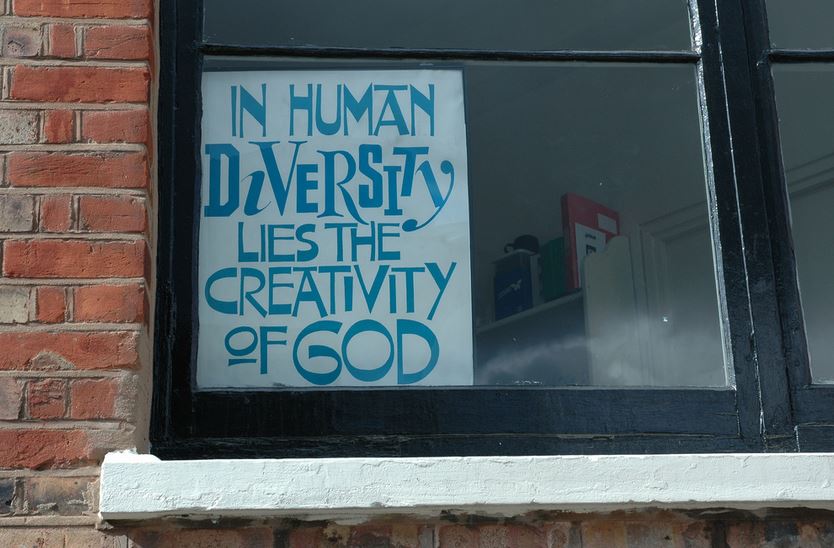If we wanted to build a flying car, we would look for people with a diversity of experience – engineers, designers, technicians, mechanics, cost analysts, etc. But would we also look for social diversity? Would having people from different ethnic backgrounds, races, religions, genders, and sexual orientations help us build a better flying car?
So often we hear about the down side of social diversity in our schools and workplaces – discomfort, stress, poor communication, and even violence. Maybe it is time we celebrate the positive side of working in diverse groups.
According to an article in the October 2014 issue of Scientific American by Katherine W. Phillips, the upside of social diversity in working groups is that “Being around people who are different from us makes us more creative, more diligent and harder-working.” (p. 43)
Research on social diversity has shown:
- Female representation in top management results in increased firm value, growth, and financial performance.
- Racial diversity in the workplace results in better financial performance in banks.
- Racially diverse cooperative groups outperform homogeneous groups in solving an assigned problem.
- When people hear a different opinion from someone who is different from them racially or in belief, it makes them think deeper and harder than when they hear that same opinion from someone just like themselves.
- Scientific research done by groups of researchers of different ethnicity gets more citations and has more impact.
- In court-sponsored experiments, racially diverse juries were better at examining facts, made fewer factual errors, and were more open about talking about the role of race in the case. Interestingly, this was because the white jurors changed how they behaved in front of black jurors.
Why does adding diversity have this effect?
When everyone in the group holds the same ideas and same opinions they don’t have to work very hard to agree on their ideas and solutions. They believe they already understand each other. However, when diverse people are added to the group, everyone feels they need to work harder to express their opinions. They change their expectations and anticipate that there will be disagreement so they prepare better and work harder and more creatively to come to consensus. This may be more stressful and harder than working with like people, but the end result will be more innovative and more effective.
Pain Produces Gain
Fostering diversity, despite the downsides, will make our lives better. Philips offers this analogy as encouragement. Think of the stress that results from working with people different from yourself like the pain that results from exercising. “You have to push yourself to grow your muscles”. In the same way we have to push ourselves to embrace diversity in our lives and grow stronger in our advocacy for diversity in our children’s lives, fighting the ever-increasing tendency in our society to withdraw into ethnically, religious, and racially separated communities and schools.





Super article. Thanks, Joan.